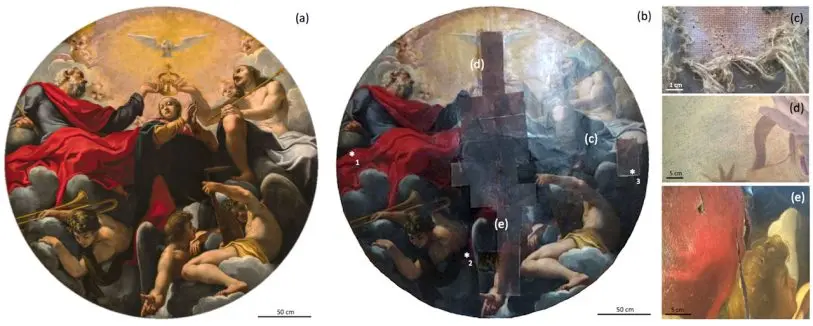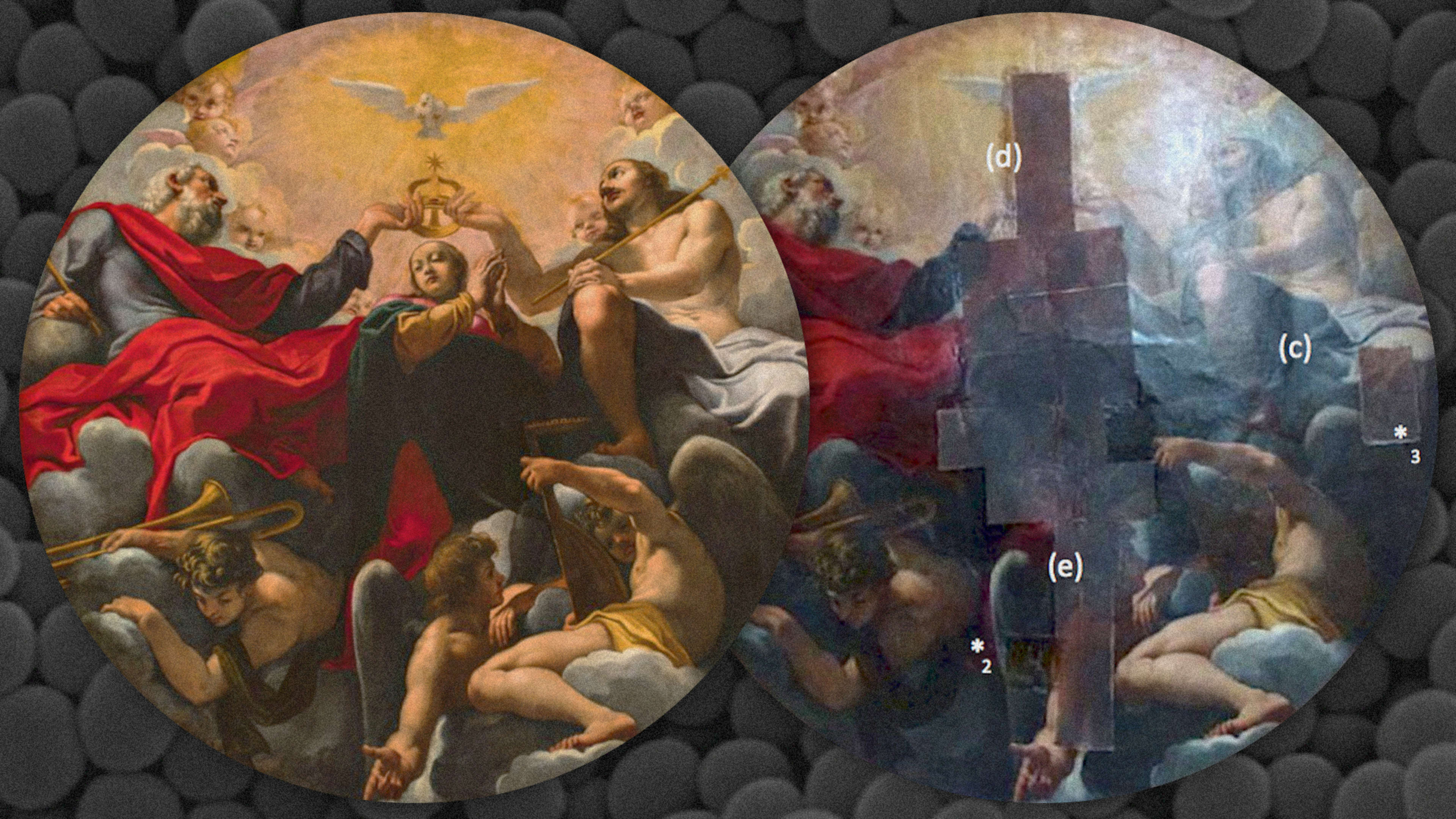Paintings can be damaged by humidity, sunlight, and countless other things–but what about bacteria? Italian researchers have discovered that old paintings are colonized by bacteria that constantly munch on them, destroying the artwork over time. And thankfully, they’ve also discovered that adding more bacteria to kill the destructive organisms can help preserve them.
According to a new paper published in PLOS One, every painting in existence will suffer from a biodeterioration process thanks to different bacterial colonies. As the scientists behind it explain, they believe it’s crucial that we understand these microbes in order to stop them.


After taking samples from the front and back of the canvas, the team led by Elisabetta Caselli isolated and cultivated several strains of bacteria–mainly Staphylococcus and Bacillus–as well as a lot of fungi of the genera Aspergillus, Penicillium, Cladosporium, and Alternaria. The researchers discovered that all of these critters love to extract nutrients from the pigments contained in the oils used in the canvas–mainly red lac (a type of pigment) and red and yellow earth.
Then they went a step further.
Caselli’s experience as a clinical microbiologist focuses on finding ways to exterminate microbes in hospitals, so she thought about using spores of another strain of the Bacillus bacteria–Bacillus subtilis, Bacillus pumilus, and Bacillus megaterium–to kill the malignant microbes and fungi. The idea worked on the sampled bacteria and fungi, so the team is now thinking about applying a mild alcoholic solution containing these spores to the reverse of paintings in order to repel kill existing microbes and prevent future invasions.
Recognize your brand’s excellence by applying to this year’s Brands That Matter Awards before the early-rate deadline, May 3.
